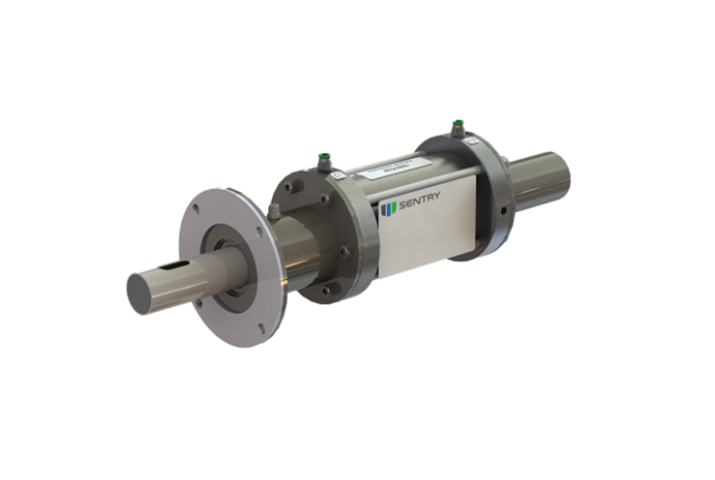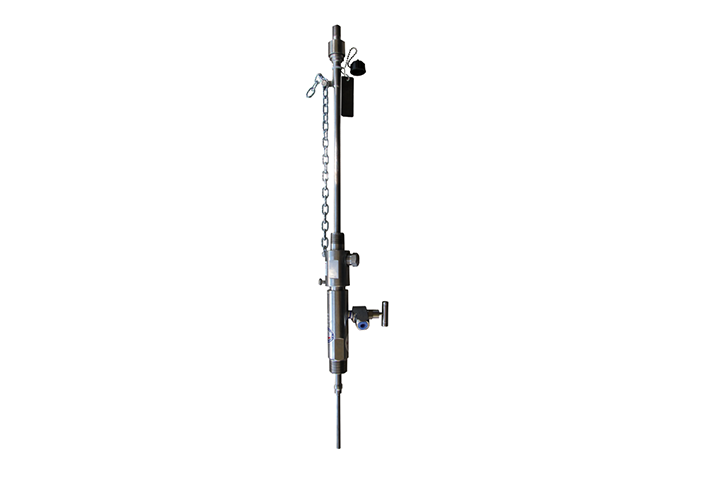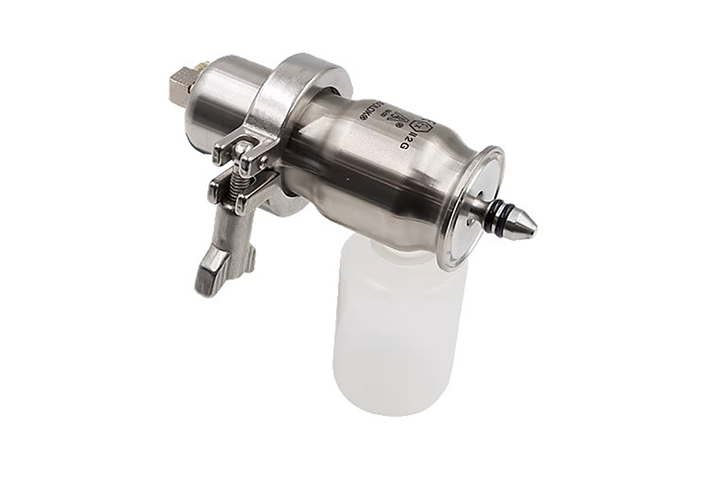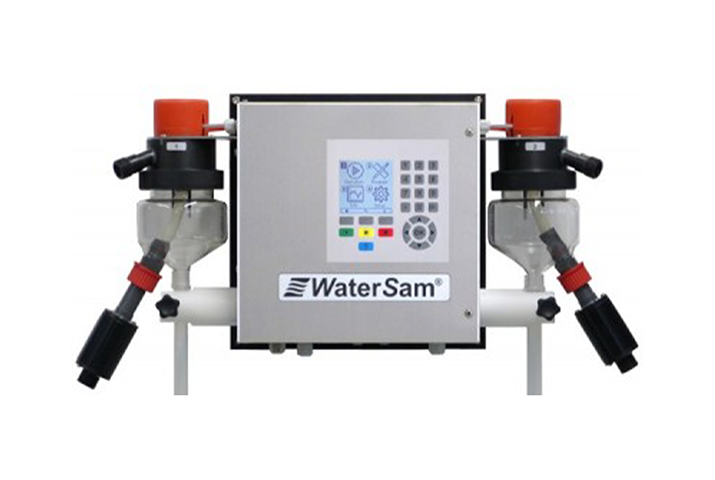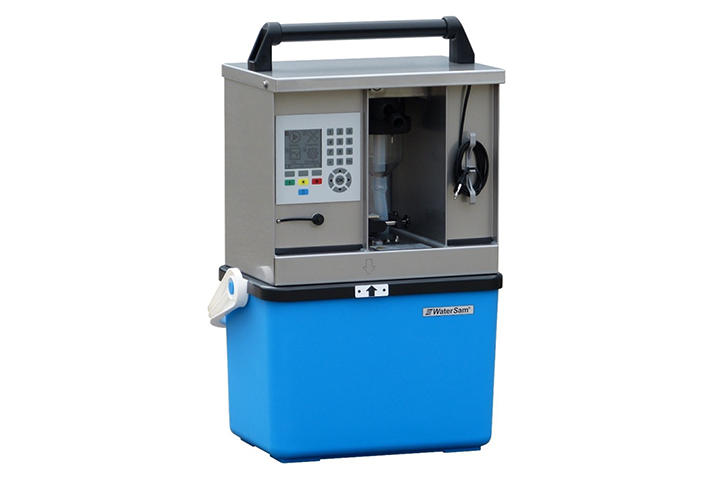The Cobra HTHV low emission manual sampler has four ideal areas of use. These areas include:
- Oil and gas processes, including downstream oil and gas
- Refinery processes (where a fluid has impurities removed)
- Chemical sampling
- Specialty gas sampling
For instance, oil and gas applications can include:
- Heavy distillates
- Vacuum tower distillation bottoms
- Heavy residue leftover from the cracking process
- Hot and residual oils and liquids
- Mixtures during hydrogen or chemical treating that are present throughout the process
- Asphaltenes, or leftover material in crude oil, resins and hydrocarbon processing
Excessive hot or cold temperatures hurt the performance of the oil and gas equipment. By addressing these temperature issues, operators can fix an error in the refining processes. To address this risk, engineers add a layer of steam, called a steam jacket, to surround the sample. This modification prevents plugging of the equipment and cold spots since the steam provides an insulation layer from large temperature changes.
A “multi-turn” valve allows the operator to rapidly activate the sampler, while a coaxial needle and unique vent design ensure that the sample is consistent. Maintaining a uniform sample makes sure that the product accurately represents the fluid conditions.
The HTHV sampler also includes corrosion-proof seals. These seals prevent water from entering the system.
Advantage:
- The HTHV ensures safe sampling for high-temperature, high-viscosity oil and gas processes
- A flow-through sampling valve allows the fluid to flow as it would in the process. Additionally, it prevents impurities in the process stream from slowing the flow down and clogging.
- A steam jacket prevents plugging or cold spots.
- A multi-turn valve with a hardened seat allows operators to control the amount of sample flow. Using a hardened seat reduces wear on the valve.
- A stainless steel enclosure with a viewing window protects the operator and environment.
- A large HTHV valve is available. This valve can handle larger particles, and higher viscosity flows.
- A “double-block” valve is used to isolate fluid on both sides of a piece of system equipment




